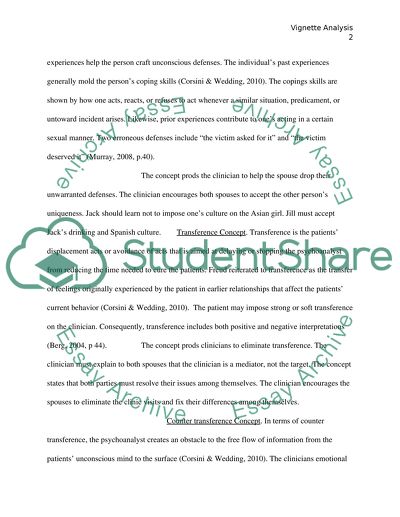Cite this document
(“Vignette Analysis Assignment Example | Topics and Well Written Essays - 2250 words”, n.d.)
Retrieved from https://studentshare.org/psychology/1454801-vignette-analysis
Retrieved from https://studentshare.org/psychology/1454801-vignette-analysis
(Vignette Analysis Assignment Example | Topics and Well Written Essays - 2250 Words)
https://studentshare.org/psychology/1454801-vignette-analysis.
https://studentshare.org/psychology/1454801-vignette-analysis.
“Vignette Analysis Assignment Example | Topics and Well Written Essays - 2250 Words”, n.d. https://studentshare.org/psychology/1454801-vignette-analysis.


